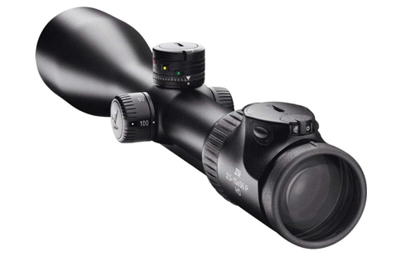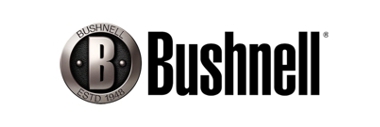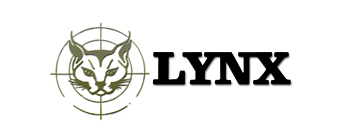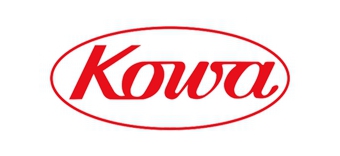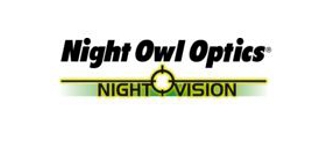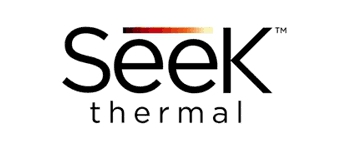There are many scope manufacturers that can give very good durability and reliability, and they should last for any years. There are many scopes manufactured for many different applications. Most telescopes come with no additional features because most hunting done up to about 120 metres you won't need to compensate for bullet drop. When shooting at longer distances there are many products available to assist you with bullet drop as you will see further in the article. We put the optical products in the following categories.
- Bullet Drop Compensation
- Hunting Scopes
- Target Shooting Scopes
- Technological Scopes
- Red Dot Sights
- Binoculars
- Spotting Scopes
- Rangefinders
- Night Vision
- Thermal Imaging
Bullet Drop Compensation
The distances you hunt will determine the magnification and additional features of Rifle Scopes that you will want to buy. The purpose of having a rifle scope is to shoot more accurate and secure your kill with every shot. Different scopes offer different features to assist you with this. The most important feature of this is to assist the shooter to eliminate the effect of bullet drop. Bullet drop compensation is addressed in three different ways:
Electronic Compensation: These scopes will measure the distance normally by Laser and automatically do the bullet drop adjustment for you. Products like these you will find under Technological Scopes.
Bullet Drop Compensator: On these scopes you will find a marked turret to adjust to the distance you want to shoot. I previously mentioned that up to 120 metres bullet drop compensation is not really necessary. Different manufacturers address the problem of shooting over further distances using a bullet drop compensator in different ways. For example Swarovski gives us the adjustable marked turret and Leupold offers caliber specific engraved turrets on their CDS models. Most of the target scopes has large visible target turrets for easy manual adjustment for bullet drop compensation.
Bullet Drop Crosshairs: Before we explain this you have to understand a bit of how scopes are put together. The following illustration will help you understand the two basic designs of scopes we find.
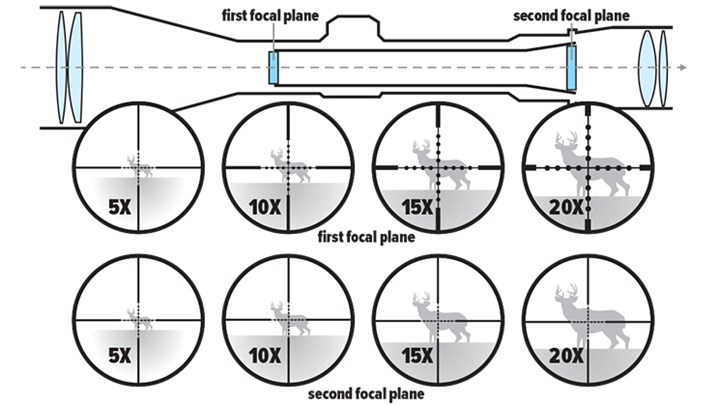
As can be seen in the illustration, if the crosshair is placed in the first focal plane the size of the crosshair will increase with the size of the target. The advantage would be that the crosshair can be used for bullet drop at any magnification, and the disadvantage will be that the crosshair will only give an approximate bullet drop and not be perfect for any kind of ammunition.
As in about 90% of scopes out there the normal place the manufacturers put the crosshair is in the second focal plane. This means also as in the illustration that the size of the crosshair relative to the target will be different for every magnification set on the rifle. The advantage is that the reticle size can be adjusted to be perfect for your caliber and load but the disadvantage is that the concept will only work on a very specific point of the magnification adjustment. This means that you can only hunt at that magnification. If the setting is out you will miss your target.
Hunting Scopes:
There are so many scopes available on our market today, it will be senseless to list them all. We try to stick to the brands that has the ability to service and repair their products. Look at the following brands:
Target Scopes:
These scopes are normally in the higher magnification ranges and comes with exposed target turrets for easy of use on shooting ranges.
Technological Scopes:
As mentioned before these scopes use hi tech methods to assist you with ranging the shot and adjusting the cope accordingly.
Red Dot Sights:
These sights have no magnification and is used for quick short range shooting. What makes them attractive is the size of some of these products. They are suitable for Tactical and Sport shooting a well as Dangerous Game.
Binoculars:
We stock some of the more popular binoculars, the ideal for hunting would either be a 8 x 42 or a 10x42.
Spotting Scopes:
For use on the shooting range a spotting scope will help you determine your shot placement, here are a few brands.
Rangefinders:
Apart from having one of the technological advanced scopes, any long range shot will be useless if you are not sure of the exact distance. When you buy one make sure that the rangefinder is rated for almost double you will be shooting at. If your device is rated for 400 metres it will only be able to range large targets at the distance. Small animals like springbuck will not give you a reading. The longer the distance it is rated at, the stronger the laser signal would be.
Night Vision:
A lot of pest control like bushpig hunting is done at night and it helps a lot to have one of these fitted on your rifle. They can be horrendously expensive, but the more you spend the better the image will be.
Thermal Imaging:
Rifle mounted thermal devices is normally a military spec item and not allowed for civil use. There are however handheld device that can help you to ID a target in the dark using Thermal imaging.

